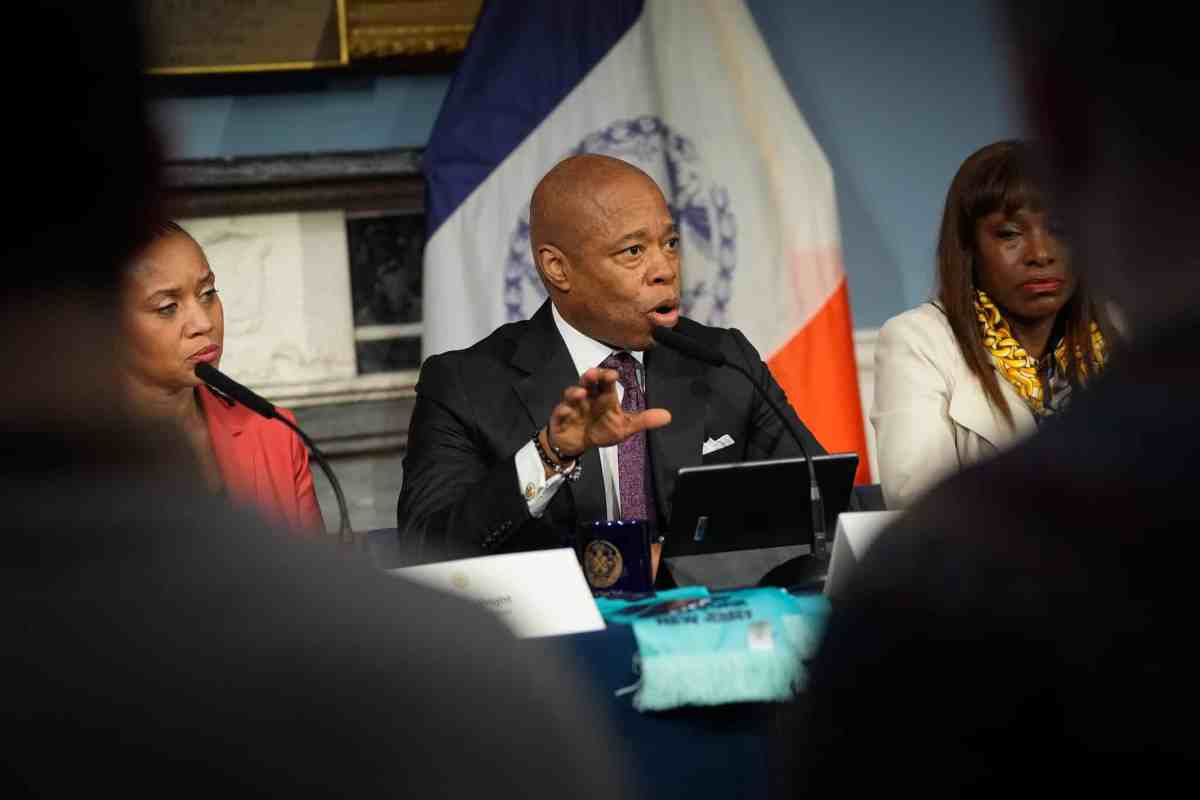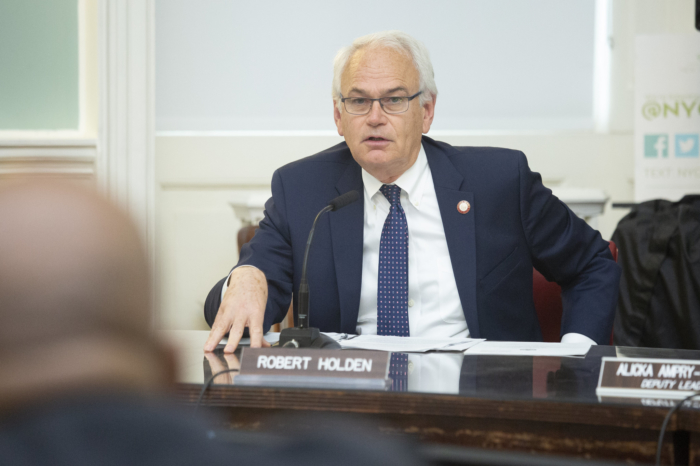By John P. Kaiteris
In a borough and city where affordability and livability are inextricably linked, communities must make land-use decisions in order to balance the two in a fair and equitable manner.
Since the first days when our Dutch settlers arrived at this place to make it the new home for the new world, land has, and continues to remain, the common fabric of our society. As it was then, so it is now: Finding agreement at the community level in how to site our homes, businesses and schools remains a challenge. Cities are dynamic by nature and Queens is exemplary of such.
Today, we live and work in a borough where population growth and shifting demographics are creating new housing challenges. Part of this challenge is simply providing housing to accommodate new arrivals, but equally important is to strive to serve the evolving and increasing needs of existing New Yorkers, such as growing families and helping “newly minted” seniors who want to remain part of their communities. To address this conundrum, the Department of City Planning, through its Zoning for Quality and Affordability, has initiated a discussion among our community stakeholders around the issues of supply and demand for affordable housing. In a borough where the rental vacancy is at 2.8 percent, and 31 percent of the borough’s population is severely rent burdened (paying 50 percent or more of their income on rent), more work is needed to make all our communities more “affordable” (defined by the federal government as paying no more than 30 percent of a household’s income towards its housing cost).
Founded in 1972, HANAC began sponsoring affordable housing for seniors in 1993 to address their acute housing needs as they age. Its portfolio—all in Queens County—consists of 350 affordable rental units, with a seven-to-10 year waiting list that totals over 11,000. As stated in last year’s report, “Call to Action: Building a Housing Agenda for Older New Yorkers,” issued by LiveOn NY, the average earnings of an older New Yorker, aged over 70 years, is $15,000 per year. The most they could afford to pay for rent under the federal government definition is $375 per month. Given the number of apartments available at this level across the borough and city, the choice is clear that we must all commit to the city of New York’s 10-year goal to develop and preserve 200,000 units—including 10,000 units for seniors—of new housing by 2024.
To facilitate this endeavor, we are in support of the City Planning Department’s intention to amend the zoning resolution to promote new housing development where it’s most appropriate—in close proximity to mass transit. Under the proposed zoning amendment, developers/sponsors similar to HANAC would be better able to include new amenity spaces, such as senior social care centers on the ground floor of its new projects due to changes in maximum building heights for senior affordable housing in contextual zoning districts. The proposed allowance of an additional 5-10 feet in building height in most contextual zoning districts, to allow the necessary ceiling height to house a licensed facility on the ground floor, can mean the real difference in making these mixed-use projects happen for our communities.
On behalf of HANAC, I applaud the city’s efforts related to its proposed zoning amendment. As a resident of Bayside, I am sensitive to the shortsighted development practices that can disturb the integrity of our low-density communities that are unique to Queens. However, there are new opportunities that can be seized—across the city and borough—to sponsor new projects like the 66-unit HANAC PCA Senior Residence in Astoria that do not negatively impact the residential character of its block.
The plan before us, I believe, will not diminish the livability of our communities. On the contrary, it will increase both amenity and neigthborhood equity through added affordability in an effort to make our borough and city a more livable place to thrive for all New Yorkers.
John P. Kaiteris
Executive Director
HANAC, Inc.
Manhattan

































